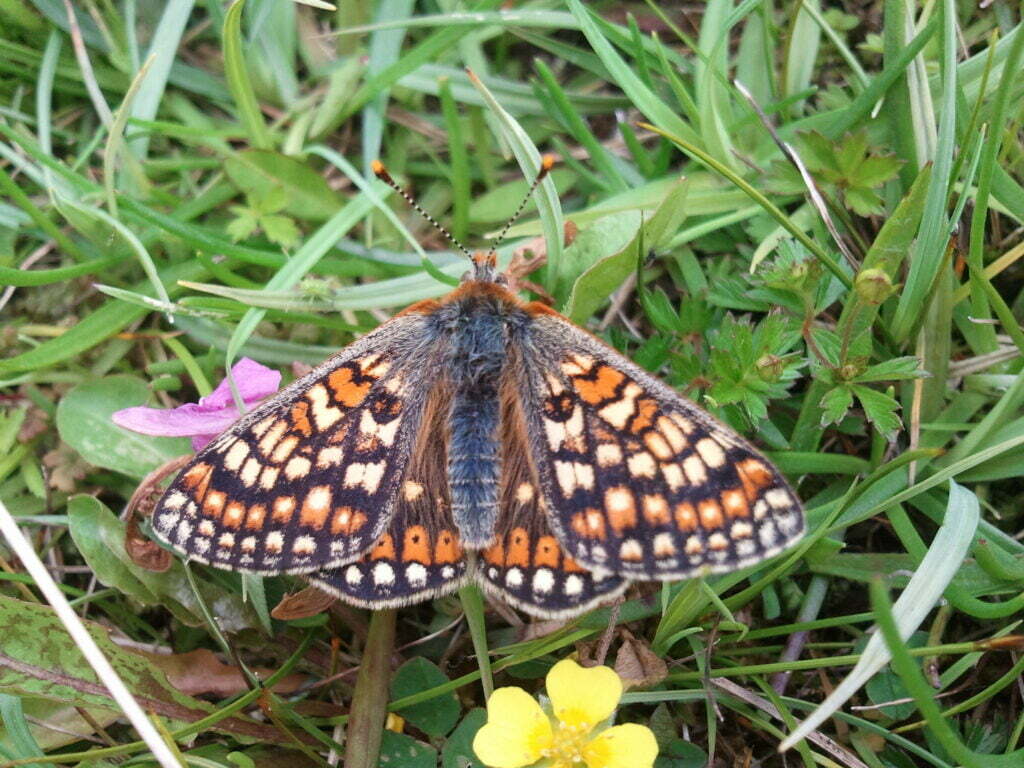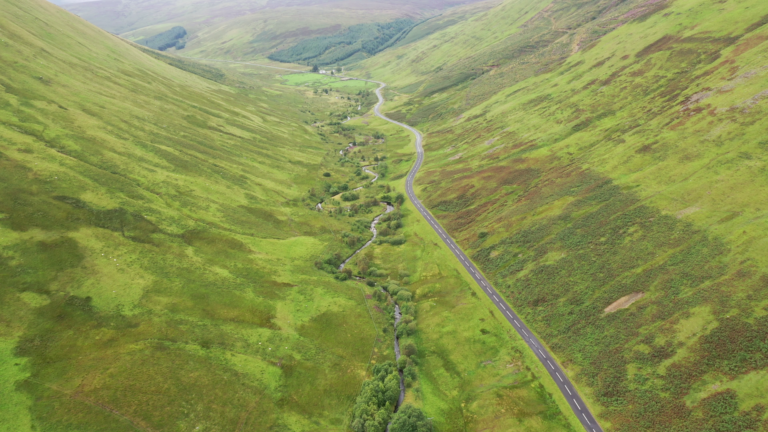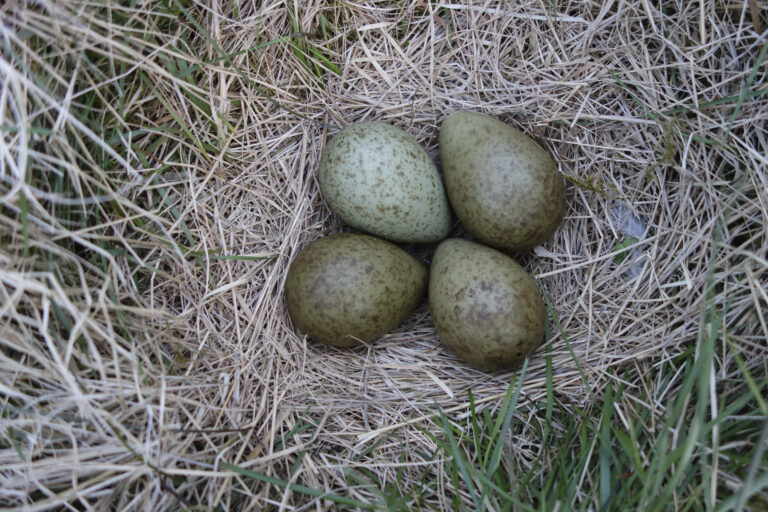Cover photo: Ian Francis (rspb-images.com)
By Milly Revill-Hayward, campaigns officer, RSPB Scotland
Farming in Scotland is important. It is an industry vital to our future which provides us with food, supports a rural workforce and underpins our food and drinks industry. However, we must also acknowledge the huge impacts that farming in Scotland has on nature. With three quarters of Scotland farmed, the way this land is managed influences nature, climate and wildlife on a landscape scale.
Many iconic bird species rely on farmland for feeding and breeding, including lapwing, curlew, corncrake and oystercatcher, as well as other species such as brown hare, marsh fritillary and small heath butterfly.
Unfortunately, whilst changes in farming practices have been very successful in increasing food production over the past 50 years or so, this has largely been achieved at the expense of nature and climate. Intensive and specialised farming practices have contributed to the degradation of soil, air and water resources, significantly increased levels of climate warming greenhouse gas emissions and devastating wildlife loss.
Population trends of farmland birds are often used to indicate the health of the ecosystems due to their place at the top of the food chain. The UK Farmland Bird Indicator includes 19 bird species which are dependent on farmland and unable to thrive in other habitats, and from 1970 to 2019, an index based on the population trends of these 19 farmland species declined by more than half.
Lapwing have declined by 58%, curlew by 56%, oystercatcher by 43%, and redshank by 38%. These declines in farmland bird species can be attributed to a range of factors including agricultural intensification, reduced diversity of crop types at the within-farm scale and reductions in spring-sown crops.

Agriculture is also a leading emitter of greenhouse gas emissions, contributing to the climate crisis and therefore, further loss of nature. In 2020, agriculture was responsible for 7.4 MtCO2e (18.5%) of greenhouse gas emissions in Scotland, making it one of the top 3 emitters, only behind domestic transport (9.5 MtCO2e) and business (7.8 MtCO2e).
In highlighting these figures, we are not seeking to attack farming or farmers. We know that for many in the farming industry it can feel like that. What these figures say to us is that farming can be part of the solution. Farming and crofting have a key role to play in helping wildlife and reducing climate warming emissions, whilst continuing to produce food for us to eat.
We have a pretty good idea how we can reverse the trends for wildlife loss and reduce emissions; with changes, farming can make a hugely positive contribution. We know that some farmers and crofters are already taking action; we believe that the problems largely lie with the policies which influence how all farmers and crofters manage their land.
More than £500 million of public money is spent each year to support farmers, and only a small proportion of this is currently used to help nature and climate – just 3% of the farm budget is spend on schemes that support nature- and climate-friendly farming most effectively. With the upcoming opportunity to influence the Agriculture Bill, the new system of farm payments must reflect our urgent need to tackle the nature and climate emergency.
We want to see a future where farmers and crofters in Scotland have adopted nature- and climate-friendly farming methods on their lands and provide space for nature to thrive. We want a future where declines in farmland wildlife will be halted and even start to be reversed, soils will be healthy and fertile, air and water pollution from agriculture will be prevented and greenhouse gas emissions will be reduced.
Nature- and climate-friendly farming will underpin food security, ensuring there are adequate supplies of locally produced, healthy and nutritious food for present and future generations. In this future, our countryside will be rich in nature and Scotland’s farmers and crofters, who manage this land and produce food from it, will earn a good livelihood from doing so.
We are in the midst of a nature and climate emergency. The 2019 State of Nature report shows that the abundance and distribution of Scotland’s species has declined over recent decades with 1 in 9 species threatened with extinction. Agricultural management has been identified as one of the key drivers of nature loss across Scotland, business as usual is not an option.
By supporting Farm for Scotland’s Future, we are asking the Scottish Government to support farmers and crofters to adopt nature- and climate-friendly farming methods. We want to see a large proportion of the more than half a billion pounds of public money given to Scottish farmers each year being used to support nature-friendly farming. Farming and food production in Scotland today is not sustainable, we need a transition to a system which works for nature, climate and people.
Disclaimer: The opinions expressed in this blog are the author’s and do not necessarily represent the views of all the organisations backing the Farm for Scotland’s Future campaign.
References
https://www.nature.scot/doc/official-statistics-terrestrial-breeding-birds-1994-2019
https://www.bto.org/our-science/publications/developing-bird-indicators




